With the recent (and long awaited) reopening of China to the world, I hope there will be a flood of tourists coming back to this great and vast country. With 10 years of experience living in China, I hope I can share some insights on what to expect when you visit in 2023. Things have changed a lot since the pre-pandemic era and it may be a shock to people who visited before when they see how things operate now in 2023.
In this post, I’ve given you a high-level view of what to expect in your near future trip. If you have any more questions, please feel free to ask in the comments below.
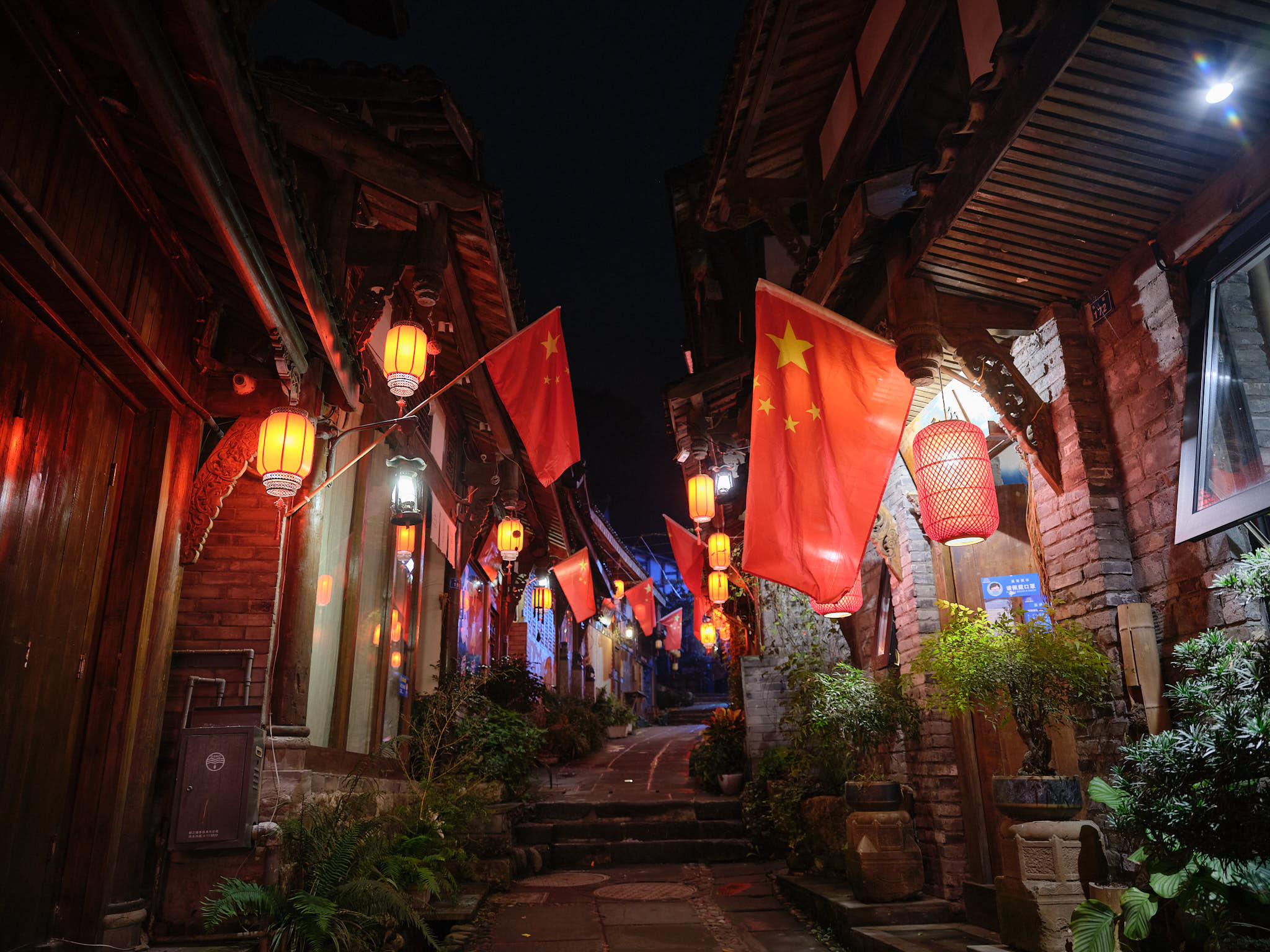
100% Cashless Society
It’s hard for visitors to fathom how quickly China transformed from a cash-based society to one where cash is never seen or used in every day situations. Even when sending money to friends, it’s all digital now. The two dominant digital payment wallet providers are WeChat Pay (Tencent) and Alipay (Alibaba). There’s also a newer digital e-RMB, but I don’t see it commonly used in China yet.
Digital payments in China work a bit differently than they do in other parts of the world. In most parts of the world, there’s an NFC reader that you tap your phone to confirm payment. In China, you will instead use WeChat or Alipay to scan a QR code or provide the vendor with your QR code to be scanned. The app will then ask you to confirm the amount and payment source (payment source can be the balance in the account, debit card or credit card, which are already linked to the app). Once confirmed, the app will either ask for a six-digit pin code or confirmation via FaceID.
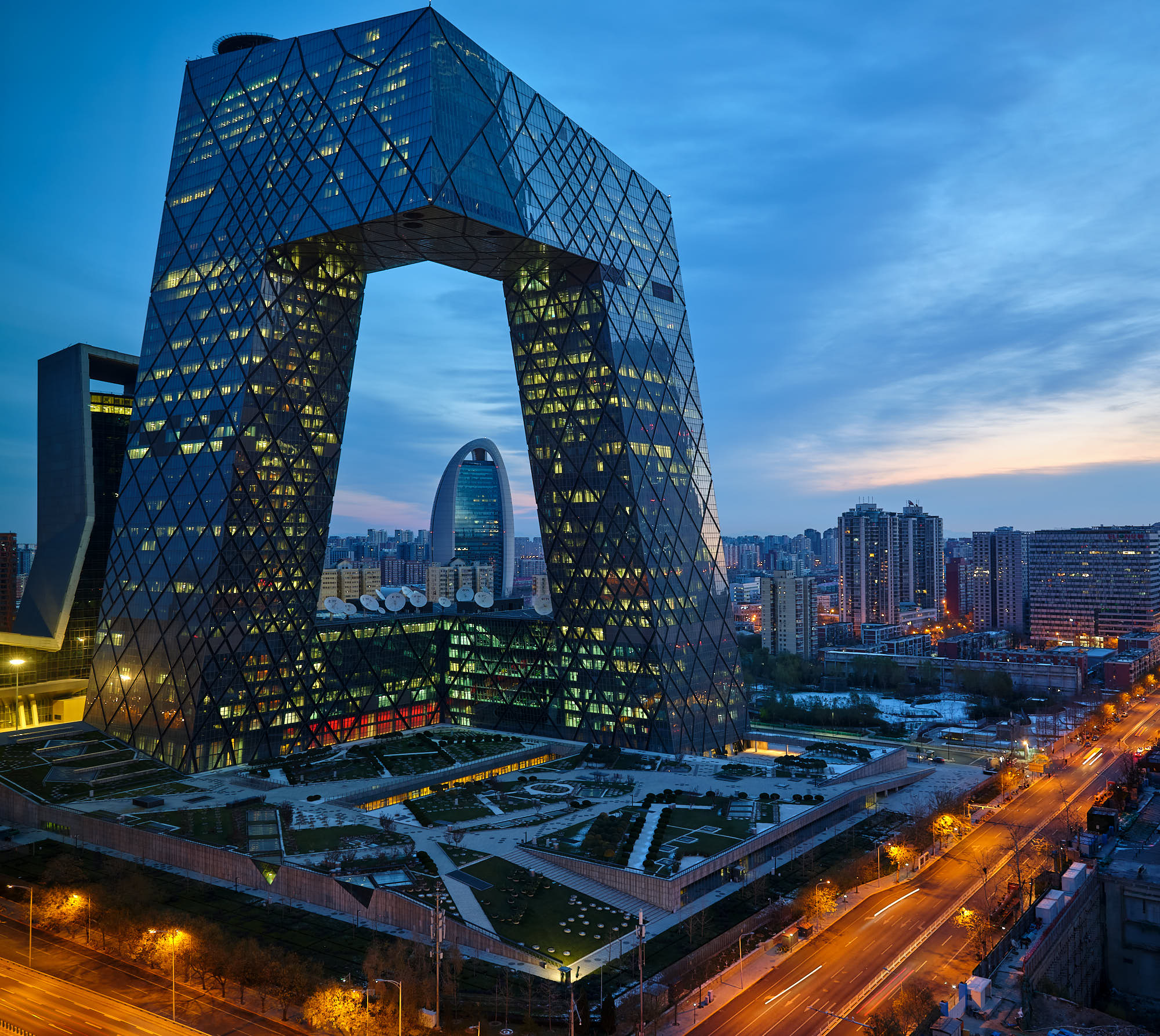
I must emphasize that QR codes are everywhere in China. If you roll up to a local coffee shop and pull out an NFC enabled credit card or cash, you’re probably going to get a lot of blank stares from the staff, and grumbling from the people behind you. You must get WeChat Pay and Alipay setup before you arrive in China, or you may find yourself unable to pay or causing an unnecessary commotion. Even homeless people show a QR code when asking for money on the streets.
The methods to setup the digital wallets changes all the time, but the most success my visitors have had followed this process:
WeChat Pay:

- Download the WeChat app from the Apple or Android app store.
- Setup your basic profile; since you’ll be using this app for nearly everything you do in China, pay special attention to enter your name and information correctly.
- Click “Me”→ “Wallet”.
- Click on “Bank Card” and choose “Add a New Bank Card”
- Enter your card number, select the type of card and the organization to which it belongs, and fill in the card information as well as your personal information.
- After filling it out, click “Submit”.
According to Tencent, WeChat Pay currently only supports some overseas credit cards. You need to verify the card number, expiration date, the three digit CVV2 number. Some card issuers will need to verify the billing address while binding the card to WeChat. WeChat will send you an SMS verification code on the phone number you just filled in. After verification, you need to create a 6-digit payment password before you can use the services. As soon as you have the 6-digit password set, I recommend immediately setting up FaceID as it makes purchasing so much faster.
Alipay:

Download Alipay and then follow the excellent guide here.
For both WeChat and Alipay, it’s very important to enter the phone number that will be accessible while you’re travelling in China. If you’re swapping SIM cards, you must have access to the SMS from the number you enter in the two platforms as SMS is how Chinese technology companies verify steps in the registration process, daily use, as well as if there are any suspicious transactions. It’s very important that the number you enter is accessible to you in China at all times.
If the above methods to setup digital payments fails (the methods seem to change every month so what worked a month ago may no longer work in the future), a backup method is to get WeChat running with your profile setup, and then ask a local China user of WeChat to transfer some funds to you. You don’t have to setup the wallet to use this function, it’s part of the basic functionality of WeChat. It’s inconvenient to ask friends to send you money, but it’ll work in a pinch (i.e., paying for the taxi from the airport to the hotel).
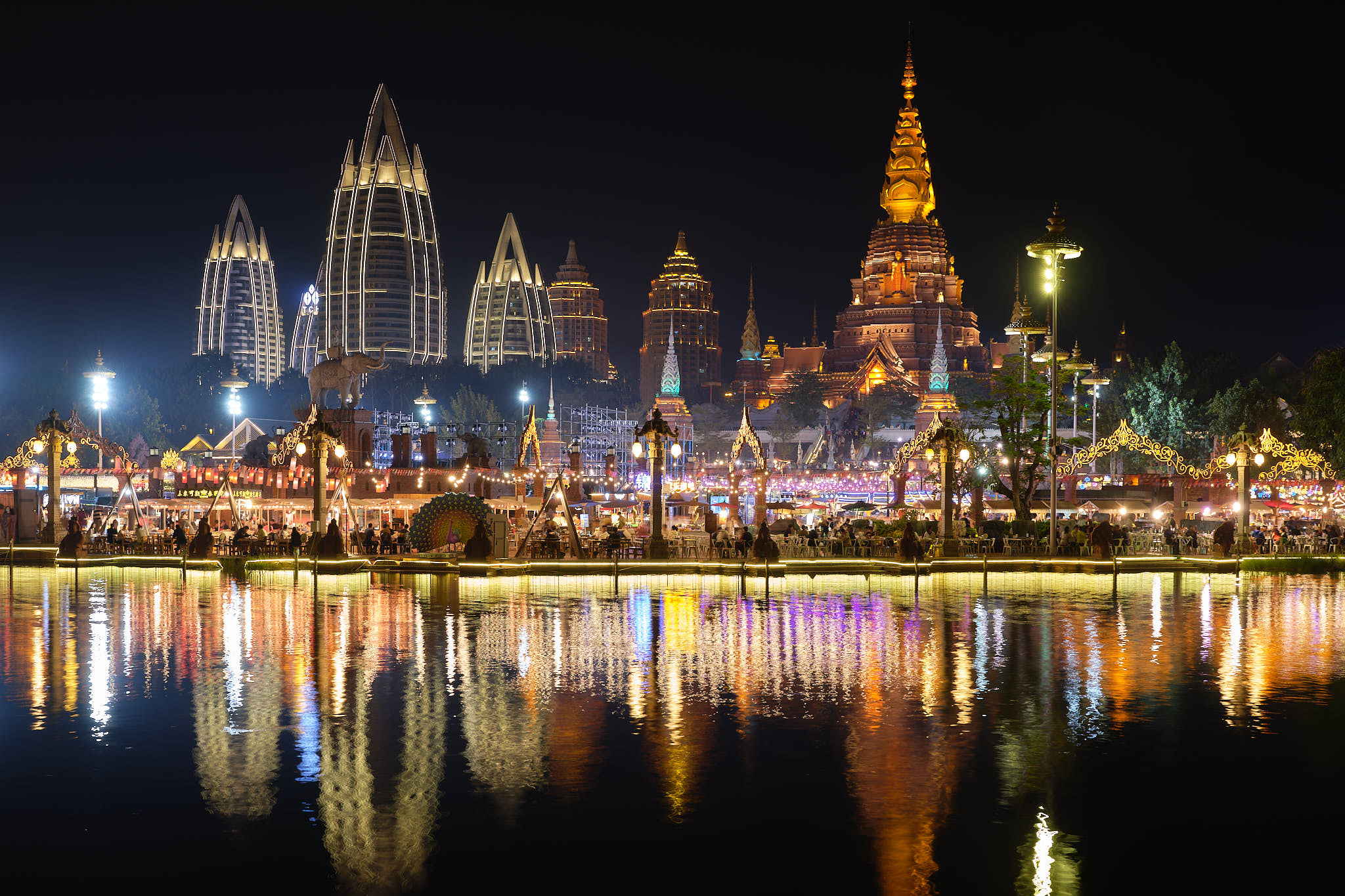
90% Digital Society
When I leave China, I’m always shocked at how far ahead China is compared to the world with its digital economy. Everything in China is digital now, with everything and anything available via apps. It’s become so engrained in society that it’s actually hard to do anything without an app. Try to hail a taxi in a major city and you’ll find that almost every taxi is enroute to a customer that hailed them through an app.
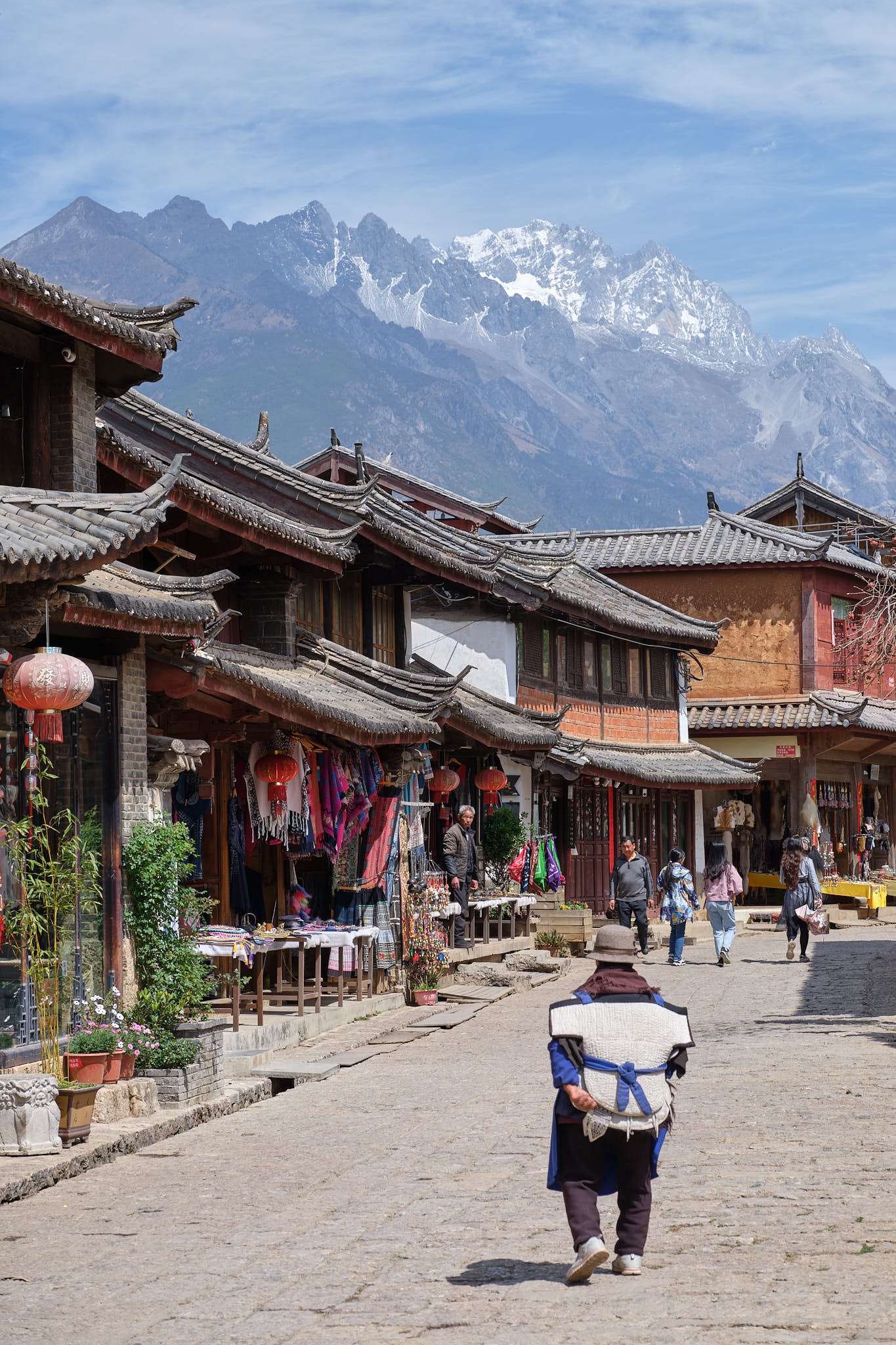
Train Stations
If you go to a train station in China and try to buy tickets, you’ll find yourself in a super long queue because 99% of users of the system utilize online booking and/or the digital kiosks at the train station. Unfortunately for us foreigners (even those living in China), our passports only work for online booking and gate scanning (this was added recently), but they don’t work in the kiosks at the station. Therefore, if you’re going to take a train, be sure to book it online with the exact passport number and name; the gate will accept the passport as the ticket. You’ll have to look for the manual gate however (usually on the right side of the lines at the train gate) and ask the attendant for help in scanning your passport.
Restaurants
The digital society has even extended to ordering food at restaurants. It’s unusual to find paper menus anymore; when you get seated at a restaurant, you can scan a QR code on the corner of the table. There will usually be two sets of QR codes; one is for following the restaurant on social media (WeChat typically) and the other will have a table number on it which is for ordering and payment. When you scan the QR code from the table, a menu will appear; this will likely all be in Chinese, however some restaurants allow the built-in WeChat translation service to operate. If you pull down slightly on the menu, you may see a “Translate” button appear.
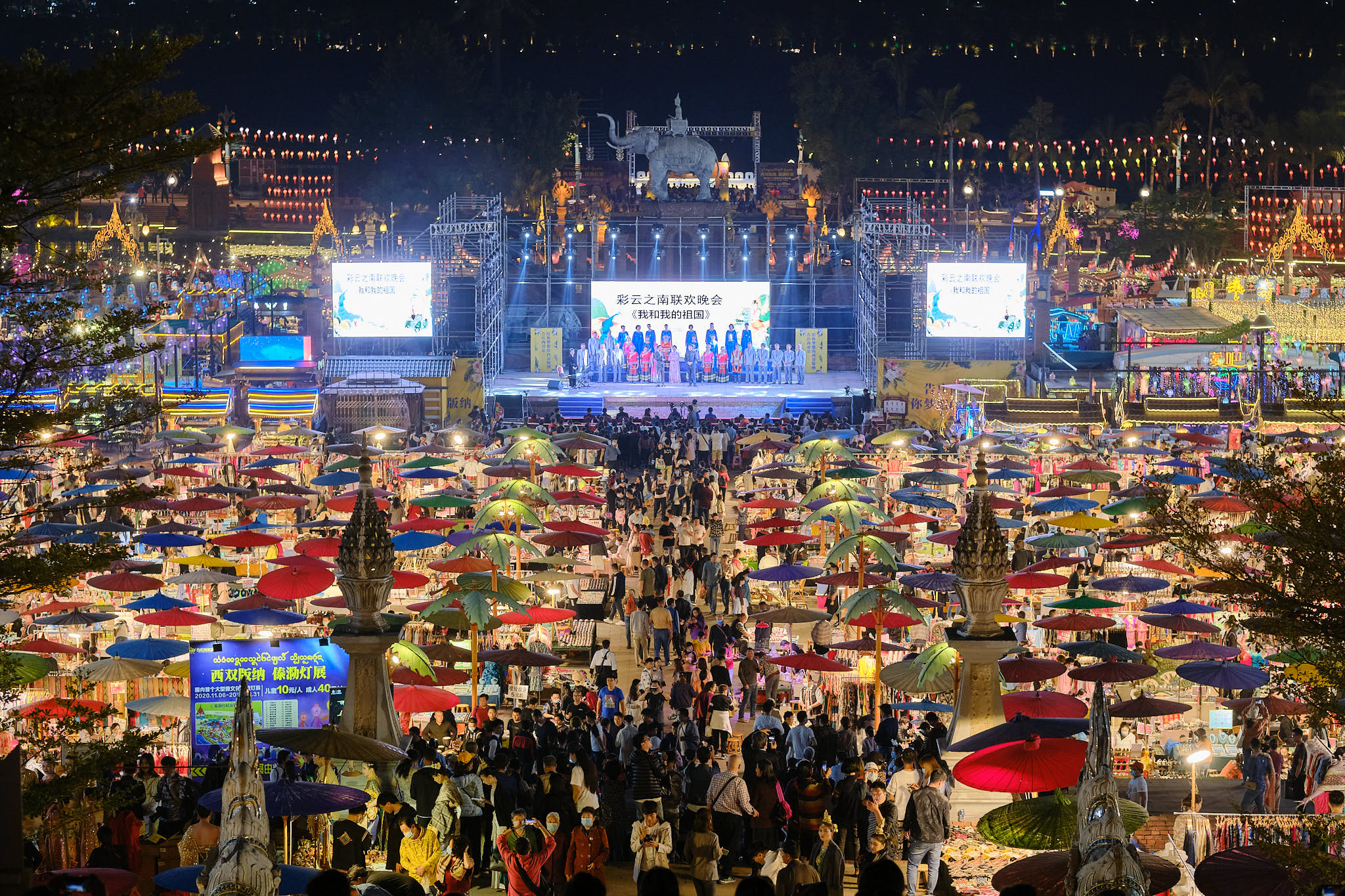
If the translate function doesn’t work, you can use Baidu Translate after capturing an image of the menu and loading it into the app. Most of the digital WeChat menus will have pictures so it isn’t as challenging as it sounds. Some restaurants require payment when you submit the order via WeChat; others will let you keep adding items throughout dinner and then you pay at the end. Payment is typically obvious in the app with a red button at bottom-right. Once payment is completed, you just walk out of the restaurant and nobody will chase after you.
Taxis and Ride Hailing
Didi is like Uber but on steroids. It’s a future forward version of Uber that took everything great about Uber and made it even better. Didi also has an English toggle which makes life for people like me living in China a lot easier and makes life for tourists much, much easier. You can enter precise pick-up locations and drop-off locations. I typically use the Didi Premium or Didi Luxe cars. It may seem outrageous to have a 5-series BMW, E-Class or Audi A6 driving you around, but the costs are still much cheaper than Toronto, New York or London. The Luxe drivers provide white glove service which includes sparkling water and a super comfortable ride.

To use Didi, you’ll need to link it to WeChat, Alipay or a credit card. I’ve seen tourists have issues with linking to a foreign credit card so it’s best to get WeChat or Alipay working so you can link Didi to them. Using Didi is intuitive and straight forward, however there is a tendency for the drivers to call you when they’re near the pickup point. It’s totally ok to ignore the call and just wait for them to arrive. Typically, the cheaper the service level you’ve chosen, the more aggressive the calls will be. The Luxe drivers will try once and then realize you’re busy and not try again. The Taxi level drivers don’t want to waste any time waiting for you so they may be more persistent.

Food Delivery
Within WeChat and Alipay, there are food delivery platforms embedded. You can use those to have food delivered to your hotel; in China, it’s quite normal to have shopping or food sent to your hotel. The hotel will even have a table setup somewhere outside for the delivery people to place your items. You can then go down and get them or if you’re staying in a luxury hotel, the concierge can bring it up for you.

If you’re staying longer term in China, you can use Meituan or Elema for food delivery. Both of these are Chinese language only, but they’re so intuitive to use that it’s quite easy. They will again link to WeChat or Alipay so once you have those setup, other digital platforms plug right in.
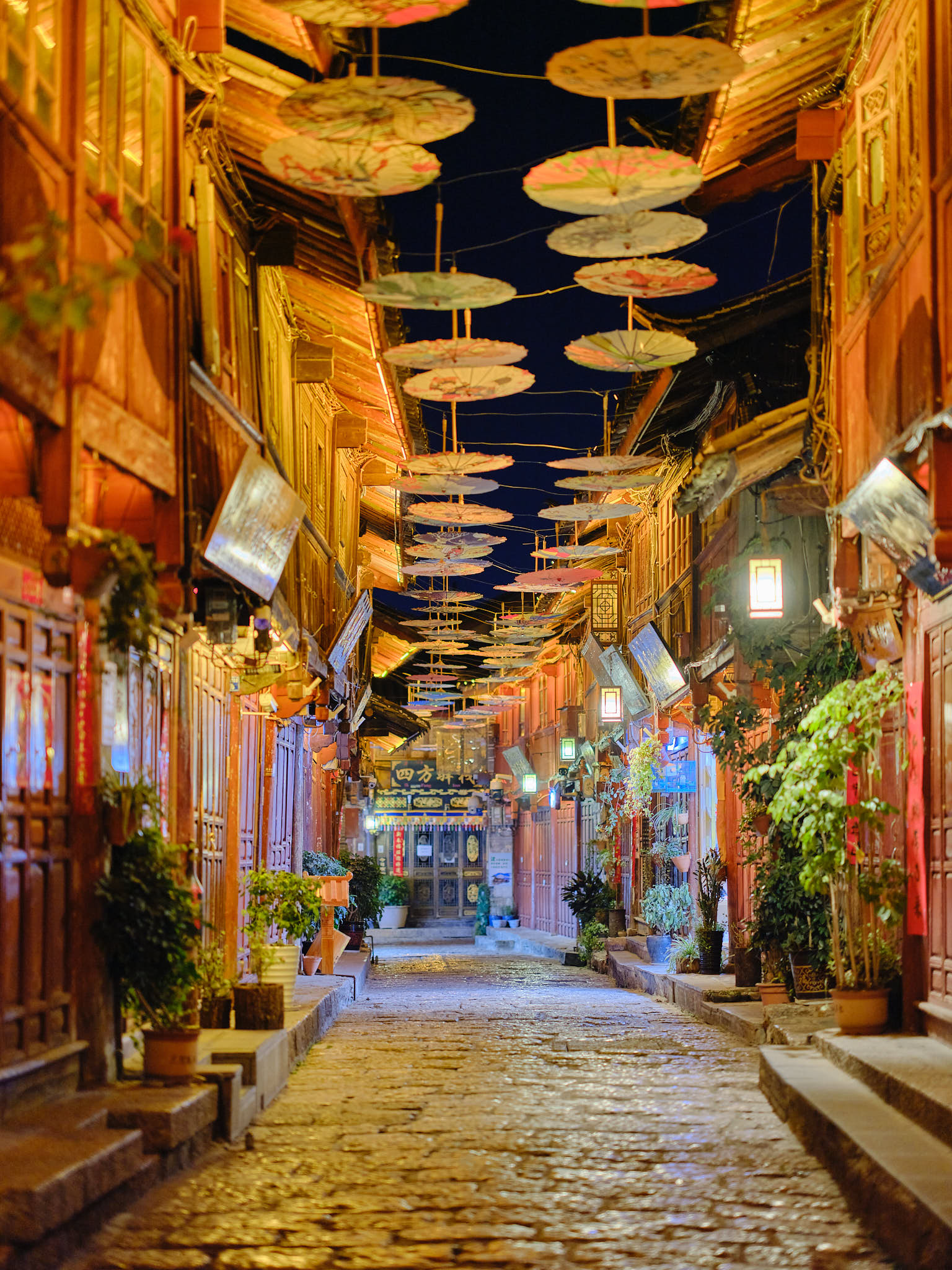
Review Apps
Dianping is a food super-app. I primarily use it for checking ratings of restaurants. If you use Apple Maps in China, when you see ratings at a restaurant, Apple typically pulls that from Dianping. Dianping can also help you make reservations at restaurants and has a toggle to switch over to the Meituan food delivery platform. The digital ecosystem is so intertwined in China that you can also hail a Didi directly from Dianping after deciding on which restaurant to go to.
Dianping has reviews for much more than restaurants. It includes destinations, tourist sites, and is always expanding into new areas. It’s a must have app for your next trip to China.

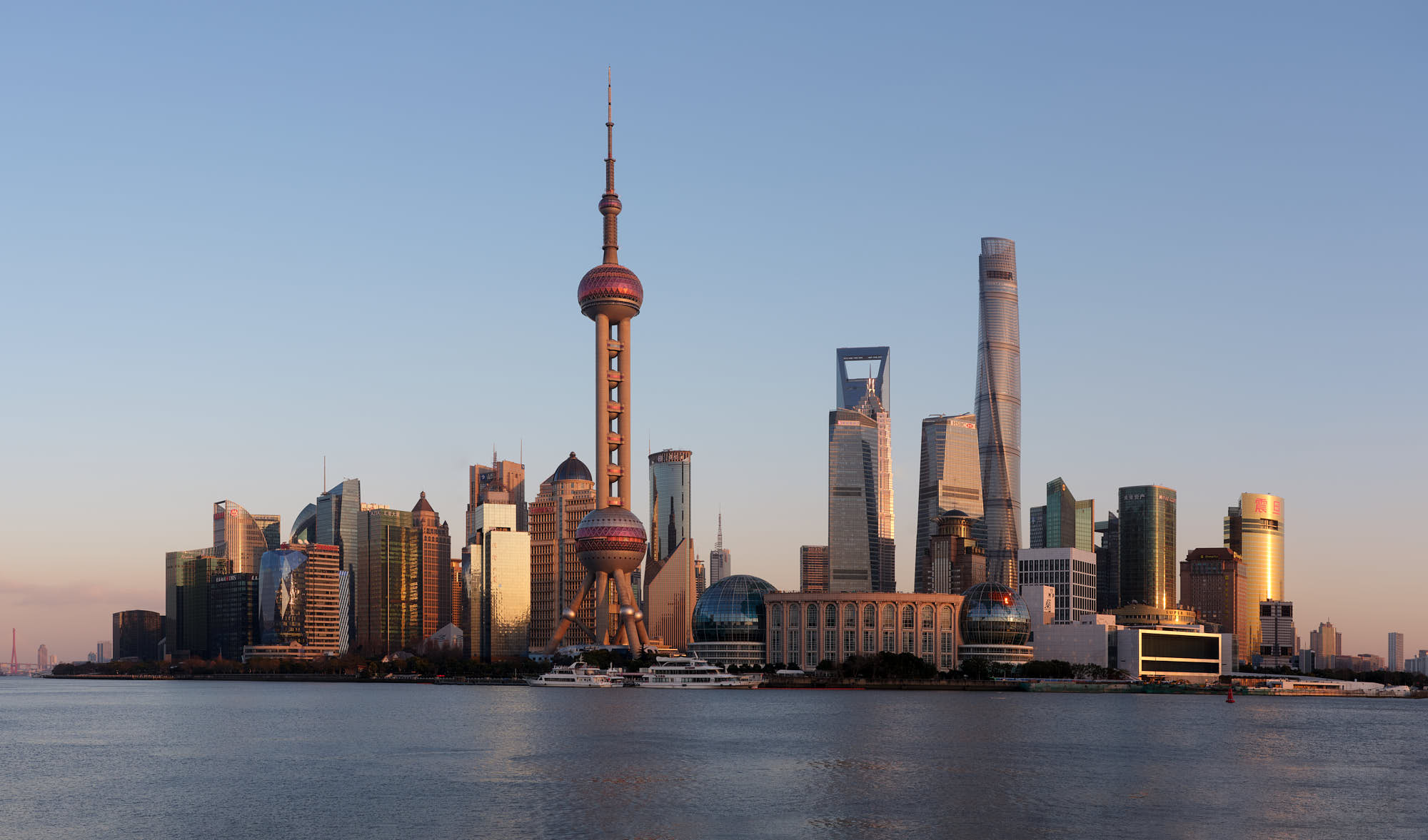
Booking Hotels
For booking hotels, I recommend using the International version of the local trip booking app Ctrip.com. The international version is Trip.com. If you’re brave enough to book in Chinese, you’ll often find lower prices and more special deals for the same room and property on Ctrip vs. Trip. However, please note that CTrip sometimes has a hard time with English names and the hotel may have a hard time finding your booking as the system sometimes replaces the English name with a random Chinese one.

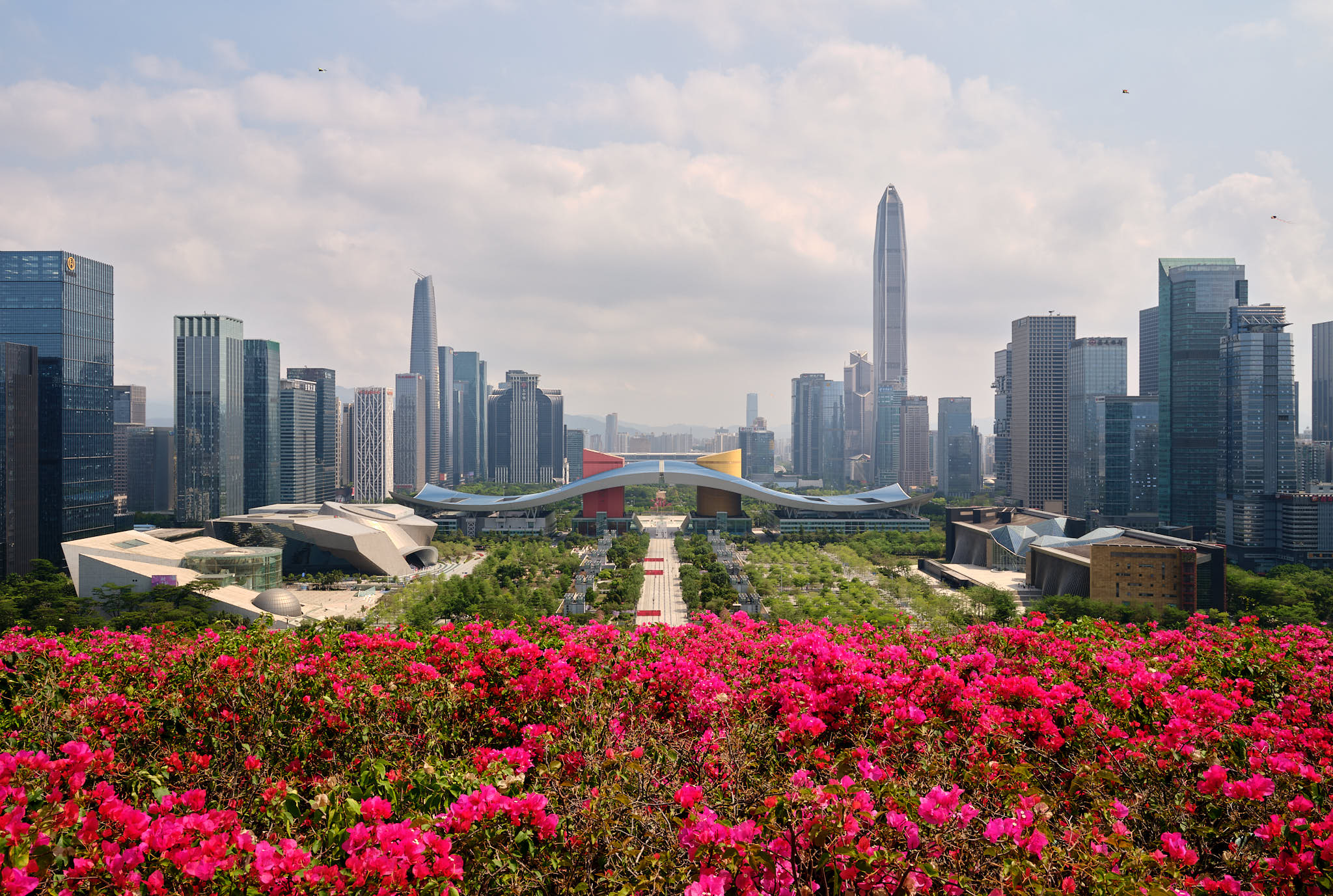
Maps
Google Maps does not work in China anymore. As recently as 2014, it worked, but it’s completely blocked now. Even if you download an offline map, there is a discrepancy in your actual location vs. what Google Maps shows. I don’t know if this is some intentional diversion or if it’s a random quirk of being blocked. For Maps, I recommend downloading Baidu Maps for precise locations or you can use Apple Maps if you’re ok with getting the wrong destination once in a while. Apple Maps is reliable, but is sometimes a bit outdated given how fast neighbourhoods in China change.


100% Safety
I will go on record as saying that I believe China is now the safest country on Earth. I don’t know of anyone that has had anything stolen from them since 2014 and I know of nobody that has had any issues with any sort of crime, harassment, intimidation, or even petty things like overcharging for a taxi ride. With digital payments and due to the intense security apparatus across China, the country is completely, 100% safe. I’ve been to many small and large cities across the country and feel totally comfortable to walk around alone at night with $15,000 of camera gear slung across my shoulder.
In a coffee shop in Beijing in 2019, I accidentally left my brand new iPad Pro on the table. It was several hours later when at home that I realized I didn’t have my iPad. Using the “Find my” app, I located the iPad at the coffee shop I had been at earlier. When I went back to the coffee shop, the iPad was shockingly still on the table, even though it was clear that several people had used the table after me. That’s the kind of security you can expect in China.

Language Challenges
The peak of English speaking service staff in China was likely around 2008, during the Beijing Olympics. Since that time, a number of shifts have occurred that have made English harder to find in the service industry:
- English speaking youth have gravitated to higher paying jobs in the international divisions of the major Chinese technology companies (ByteDance/TikTok, Alibaba, Didi, etc.).
- The tourism industry has pivoted inwards to capture more of the massive domestic market. As upgrades were made to many sites, English signs often didn’t make the cut.
- COVID Zero cut China off from the world for more than two years, so many service industry staff have not been able to use their English skills for nearly three years.
To overcome this, you can rely heavily on Baidu Translate, a superb evolution of apps like Google Translate. Baidu has several modes including being able to take a picture of a sign with instant translation, menu translation, live conversation modes, as well as built in phrases and dictionaries to help translate words. Even after living in China for 10 years, I use Baidu Translate on a daily basis.

If for some reason the Baidu Translate app isn’t able to resolve your issue, you can then turn to the next topic for help: super friendly locals.

Friendly Locals
International media has written a lot about China the past few years and it may have cast an image in your mind of what people in China are like. When you visit China, as long as you show reasonable respect for the country, you’ll find people are exceedingly nice to foreigners and willing to go out of their way to help you. Even though I speak basic Mandarin, when I get stuck in a restaurant or shop and a random person overhears the conversation, they will jump in to help out.
If you get stuck somewhere, whether it be at a restaurans, a shop, at the hotel or in a chaotic train station, you can almost always count on a young local to give you a helping hand with translations or figuring out how to get from point A to point B. You’ll find the same thing in the service industry; while it may be hard to communicate at times, the service staff will always be doing everything they can to make your travels as enjoyable and convenient as possible.
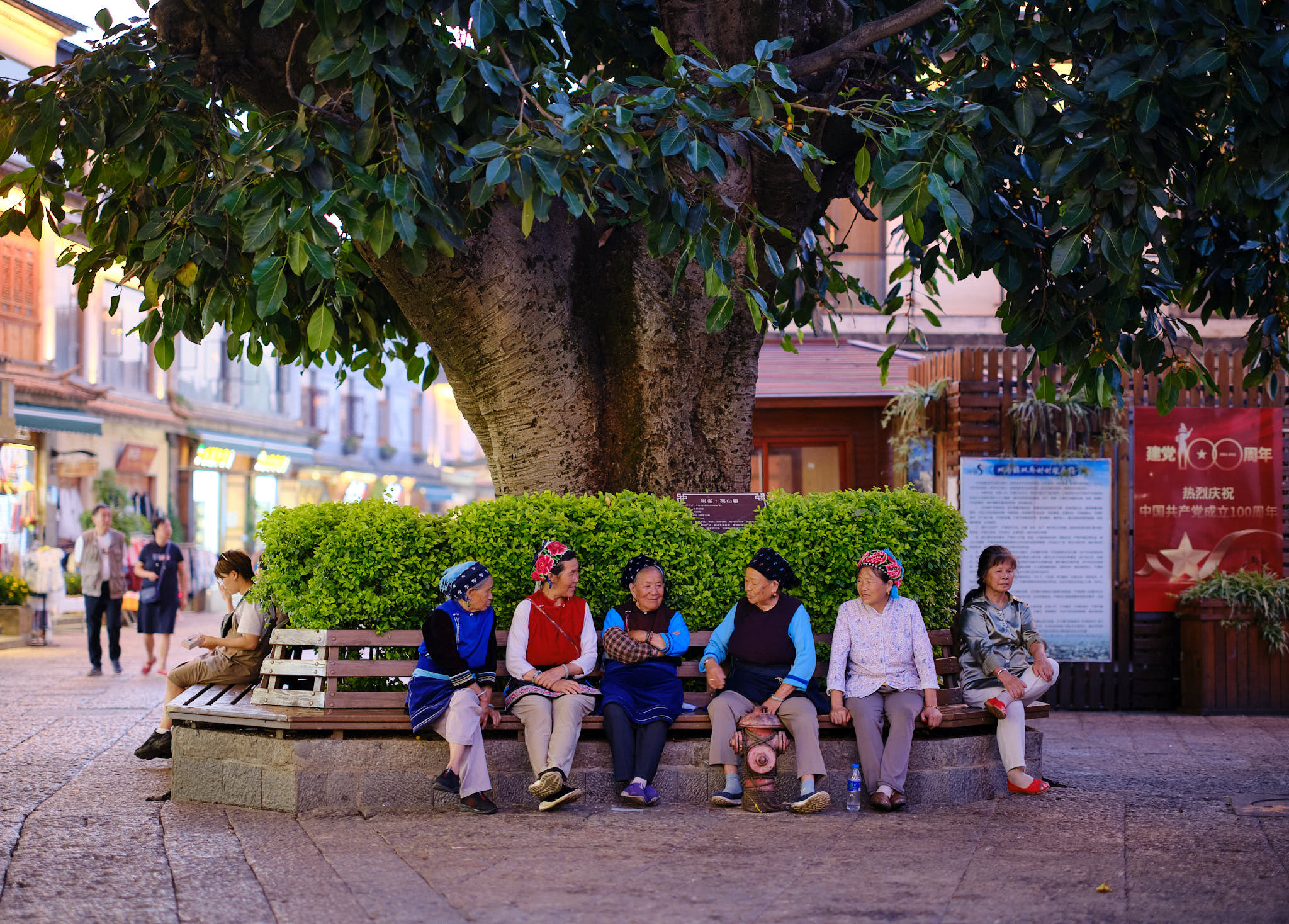
Astonishing and Improved Sites
Over the past five years, the domestic tourism industry has exploded in China. With the doors locked to the world, people, when they could, travelled within the country. This opened up several new forms of tourism in the country. Glamping became a huge thing in the past two years with several stunning locations opened up to enjoy camping in luxurious environments amid beautiful natural scenery.
To support the tourism industry, the Chinese government has put in place a ratings system for tourist sites across the country. They range from A to AAAAA. Typically, a site will be listed with the number and the level they’ve achieved. For example, a AAAAA will be shown as a 5A rating. Every year, more and more sites get graded and the sites themselves work hard to climb up the ratings scale.
As a foreign tourist, target the 5A sites first as they’re guaranteed to be special and have good infrastructure to support the tourism. You can see that 12 new sites were added to the 5A ranking mid last year in this article. Wikipedia has a page that was last updated in 2020, but gives some insight into where the 5A sites are located.

Boutique Hotel Boom
The restoration trend finally hit China with incredible new boutique hotels opened across the country that leverage the ancient buildings and Chinese architecture. I’m so happy to see this trend as China was heading down a boring path of cookie-cutter luxury hotels for such a long time. Now, you can find really beautiful and unique hotels in cities across a wide variety from Tier 1 to Tier 4 cities. A few examples include:
- XY Yunhouse in Guangxi
- Yangshuo Mountain Nest
- Yangshuo Sugarhouse
- Sansa Village Beijing
- Brickyard Beijing
- Capella Shanghai
- Lux Chongzuo
- Pretty much any of the excellent boutique hotels from Lux in China
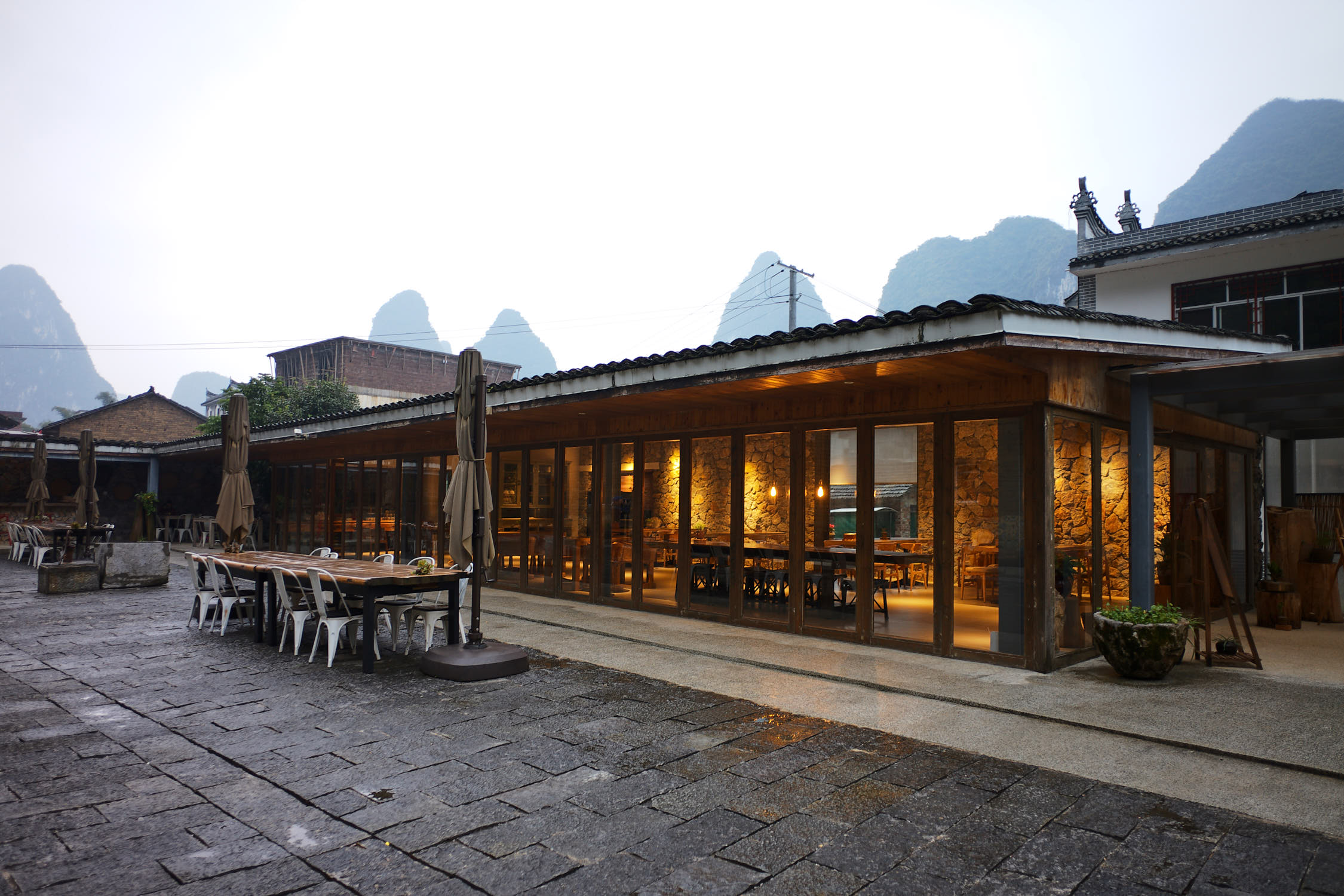
Vast Country with Plenty to Explore
Most people that visit China focus on the big cities of Beijing, Shanghai and Chengdu, but China is a massive country with more than 50 minority groups and multiple languages spoken throughout the country. It deserves a much more thorough visit than targeting the major tourist cities. I’d highly recommend exploring cities like Qingdao, famous for its seaside and German architecture, Xishuangbanna, famous for the mix of cultures between China, Thailand and Myanmar, Shenzhen, to see China’s super high-tech version of Silicon Valley, Yangshuo and Guilin, to see the spectacular nature, Lijiang and Dali for their beautiful (and tourist friendly) ancient towns, and so many more Tier 2 and Tier 3 cities across the country.
There’s so much to offer a tourist in China, from super high tech, glitzy cities like Shanghai and Shenzhen, to cities steeped in culture and history like Beijing and Nanjing, to spectacular and unique environments like the Ice Sculptures during the winter in Harbin, to the Hawaii of China down south in Sanya. There’s so much to explore and so many things to see and do. I’d recommend target a 16 day trip to China with at least three nights in each location to really absorb the local environment.

Conclusion
It’s going to take some time for the tourism industry to bounce back to normal here, but for those that are prepared to be flexible and patient, 2023 offers an incredible opportunity to explore this vast country at a time when many domestic tourists will go outbound. Without too many foreign tourists to fill that gap, it should result in good pricing and availability and less people at the major tourist sites. It’s a golden opportunity for the next 1-2 years.
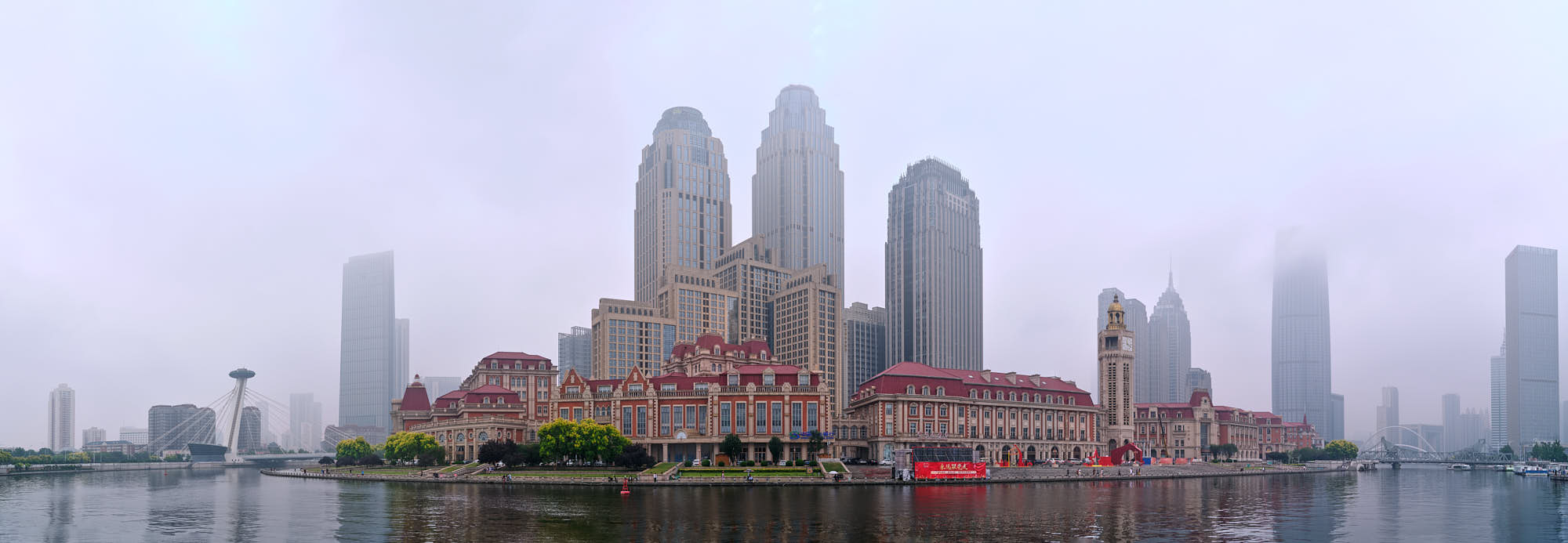
Never miss a post again, please subscribe to our no-spam mailing list
I hope the above post has given you some insight into what it will be like to travel to China in 2023, and I hope it inspires you to come for a visit! If you’d like suggestions on your China itinerary, please leave a message in the comments below and I’d be happy to help put together some ideas for you.
Discover more from fcracer - Travel & Photography
Subscribe to get the latest posts sent to your email.
Thank you, well written, very helpful, wonderfully illustrated!
Makes me want to go back to China after my only visit in 1990, when I needed a driver and a translator & chaperone at all times.
I always enjoy your posts immensely, often find myself reading them again.
The recent series about Italy was equally helpful, and I will clearly come back to those posts, when in Europe, this summer.
Christoph, thank you for writing in. I’m so happy that this may inspire you to come back for another visit. I think having a chaperone would be a good idea, even in 2023 🙂 Their language skills and ability to maneuver through the new digital economy would be helpful. I’ve been wanting to try leveraging the Communications Universities as a way to travel easier in China.
I want to use the Instagram of China (Xiaohongshu or Little Red Book) to make a post looking for Communications University students in each city I want to visit. I would pay them to help me get around their city; it would be a win-win for them and me; I can get around easier and they can practice English while making some spending money.
Thank you again for writing in. It’s positive feedback posts like this that keep me writing 🙂 Happy Chinese New Year!
> I’ve been wanting to try leveraging the Communications Universities as a way to travel easier in China.
Great idea, I will make use of it. Thank you!
Great insights – very helpful!